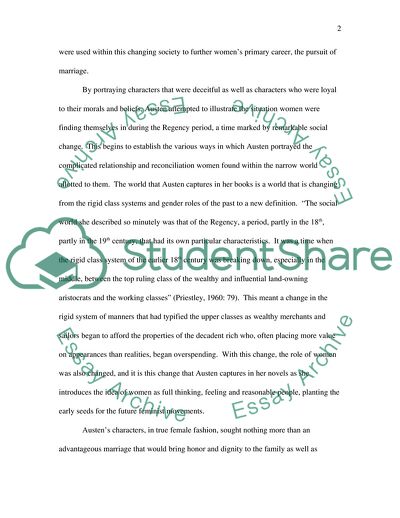Cite this document
(Jane Austens Fidelity and Betrayal in Northanger Abbey Book Report/Review, n.d.)
Jane Austens Fidelity and Betrayal in Northanger Abbey Book Report/Review. https://studentshare.org/literature/1710601-discuss-fidelity-and-betrayal-in-jane-autens-northanger-abbey
Jane Austens Fidelity and Betrayal in Northanger Abbey Book Report/Review. https://studentshare.org/literature/1710601-discuss-fidelity-and-betrayal-in-jane-autens-northanger-abbey
(Jane Austens Fidelity and Betrayal in Northanger Abbey Book Report/Review)
Jane Austens Fidelity and Betrayal in Northanger Abbey Book Report/Review. https://studentshare.org/literature/1710601-discuss-fidelity-and-betrayal-in-jane-autens-northanger-abbey.
Jane Austens Fidelity and Betrayal in Northanger Abbey Book Report/Review. https://studentshare.org/literature/1710601-discuss-fidelity-and-betrayal-in-jane-autens-northanger-abbey.
“Jane Austens Fidelity and Betrayal in Northanger Abbey Book Report/Review”. https://studentshare.org/literature/1710601-discuss-fidelity-and-betrayal-in-jane-autens-northanger-abbey.


